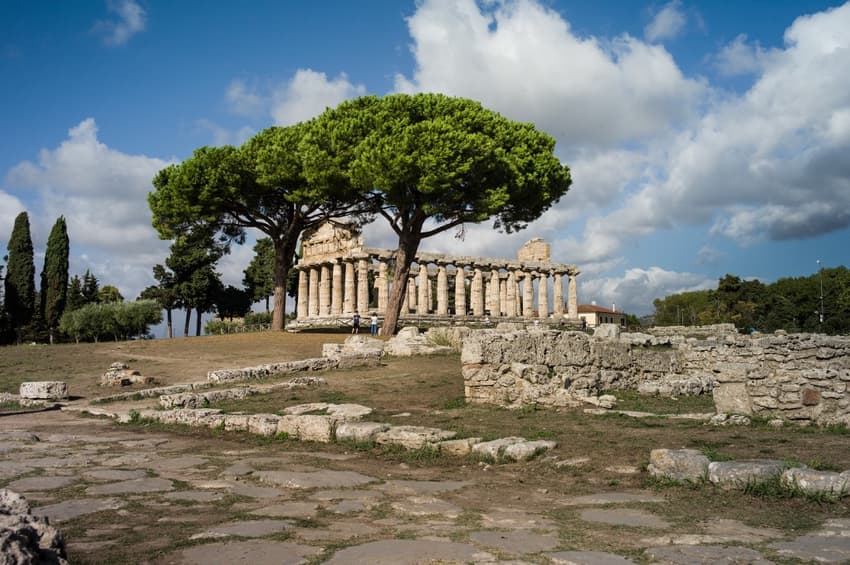Remorseful thief returns 200 stolen ancient coins to Italian museum

More than 200 ancient coins were returned on Thursday to the Paestum museum in southern Italy by a priest who was told about the theft in confession.
The unknown penitent, presumed to be the thief himself, asked the priest to return the loot to the Paestum archaeological park near Naples.
He insisted the coins had to be given personally to the site's director Gabriel Zuchtriegel, the park said in a statement.
"It's the latest restitution by someone who feels remorseful" for stealing things, the statement added.
READ ALSO: British tourist arrested for stealing Pompeii mosaic tiles
Of the 208 coins returned, seven were fakes but most of the others date from as early as the third century BC, running up to the end of the 4th century AD.
Paestum, originally a Greek colony that was later conquered by the Romans, boasts three of the best preserved Greek temples in the world.
It is not unheard of for people to return artefacts stolen from Italian archaeological sites, sometimes after decades.
The former manager of Pompeii, the ancient Roman city, said that in recent years the site has received around a hundred packages returning stolen relics, which are often accompanied by letters explaining that the items have brought the thieves nothing but bad luck.
“They write that the stolen pieces have brought them nothing but trouble,” former archaeological superintendent Massimo Osanna.Osanna said.
“They say they can trace back all their family troubles to their theft at Pompeii."
Remorseful tourists also sometimes return sand stolen from the pristine, protected beaches of Sardinia.
Comments
See Also
The unknown penitent, presumed to be the thief himself, asked the priest to return the loot to the Paestum archaeological park near Naples.
He insisted the coins had to be given personally to the site's director Gabriel Zuchtriegel, the park said in a statement.
"It's the latest restitution by someone who feels remorseful" for stealing things, the statement added.
READ ALSO: British tourist arrested for stealing Pompeii mosaic tiles
Of the 208 coins returned, seven were fakes but most of the others date from as early as the third century BC, running up to the end of the 4th century AD.
Paestum, originally a Greek colony that was later conquered by the Romans, boasts three of the best preserved Greek temples in the world.
It is not unheard of for people to return artefacts stolen from Italian archaeological sites, sometimes after decades.
The former manager of Pompeii, the ancient Roman city, said that in recent years the site has received around a hundred packages returning stolen relics, which are often accompanied by letters explaining that the items have brought the thieves nothing but bad luck.
Remorseful tourists also sometimes return sand stolen from the pristine, protected beaches of Sardinia.
Join the conversation in our comments section below. Share your own views and experience and if you have a question or suggestion for our journalists then email us at [email protected].
Please keep comments civil, constructive and on topic – and make sure to read our terms of use before getting involved.
Please log in here to leave a comment.